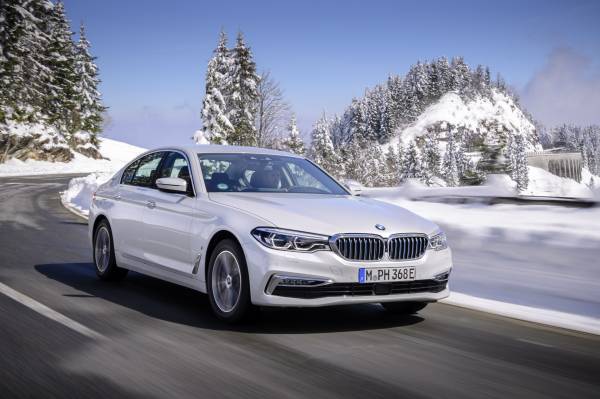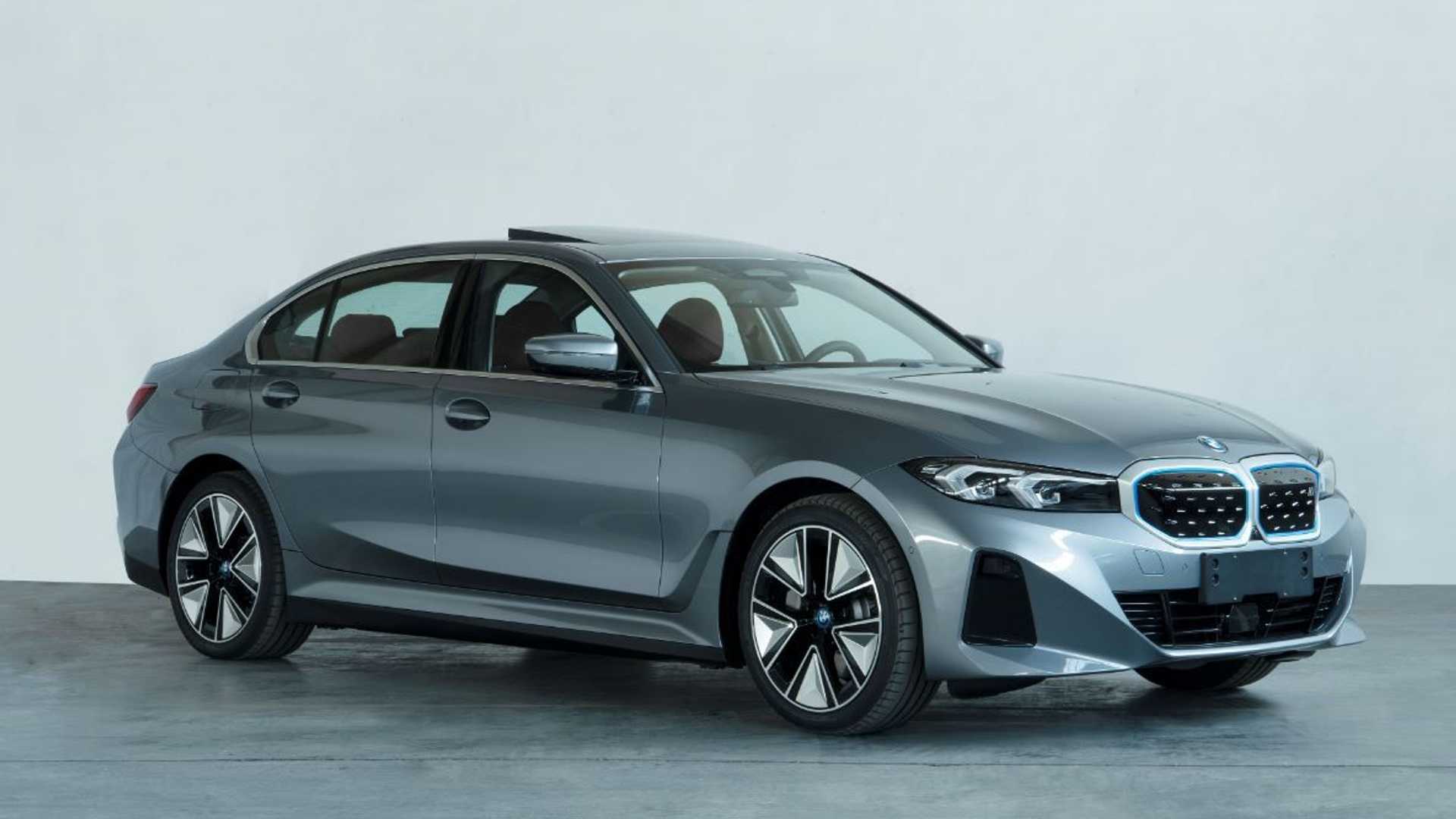BMW has unveiled a new wind tunnel at its Research and Innovation Center (FIZ) in Munich, marking a significant upgrade from its previous facility. The new structure, part of the Aeroacoustics and Electric Drive Center (AEC), is described as the world’s largest vertical acoustic wind tunnel, with a length of 100 meters, a width of 25 meters, and a height of 45 meters. It is also noted for its exceptional quietness, with background noise at 54.3 dB (A) at a speed of 140 kph, comparable to a quiet conversation or air conditioning system.
The wind tunnel is powered by a 4.5 MW blower, capable of producing winds of up to 100,000 m³ of air per minute and achieving speeds of up to 250 kph. According to BMW, the size and capacity of the wind tunnel make it suitable for testing large and powerful vehicles, including the Rolls-Royce Phantom and BMW X7.
The company emphasized that the facility will enable groundbreaking research in aeroacoustics. The primary goal is to better understand and reduce the noise caused by headwinds, with a focus on making cars as quiet as possible, particularly electric vehicles in the upcoming Neue Klasse range. “Quiet is premium,” said Daniel Böttger, Head of Complete Vehicle Development at BMW AG. “Our focus is on meeting the premium standards of our vehicles. An important part of this is acoustics — particularly for quiet electric models.”
One of the tunnel’s innovative features is its design as an “acoustic semi-free-field space,” meaning it has a sound-resistant floor and no sound reflections, allowing for a realistic simulation of real-world conditions. “The frequency range for semi-free-field conditions from 30 Hz is unique for a vehicle wind tunnel and covers the entire audible spectrum,” BMW explained.
Additional advanced technologies include a 216-microphone acoustic camera for precise noise localization and a laser vibrometry system to measure mechanical vibrations. The wind tunnel is also capable of isolating and studying wind and rolling noises, with modular features that allow for quick testing of various vehicle configurations without needing to move the vehicle.
Beyond the wind tunnel, the AEC encompasses 15,000 square meters dedicated to the development and testing of electric vehicle prototypes. BMW is also adding an additional 800 square meters to house a pilot line for manufacturing inverters for future electric motors.








